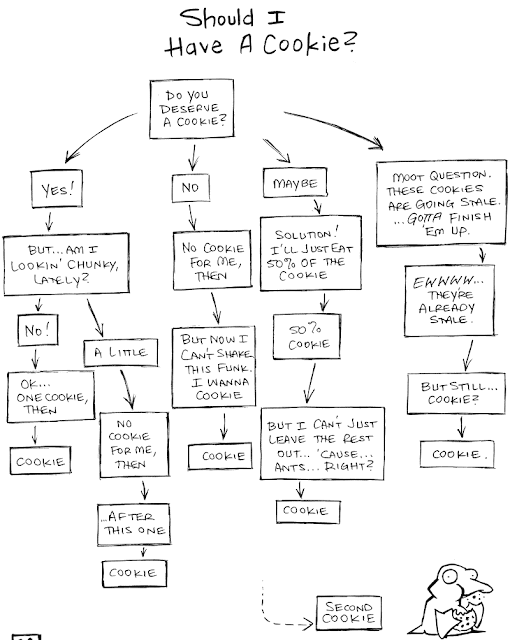Sunday comes and you are wondering what desert to make for lunch
or dinner. You’re thinking ice cream and chocolate sauce... Perhaps a bit too
simplistic? Maybe you’re up for something more adventurous like a soufflé or a
caramel flan? …You’re way too lazy so you skip that idea… You wreck your brain
and end up deciding on having just coffee… You quickly abandon that brain fart
of an idea because who wants JUST coffee after a nice hearty lunch or dinner? What to make, what to make?
After spending the whole day preparing lunch or dinner who
wants to devote four more hours cooking up a desert? Sometimes the most
simplistic, quick and easy deserts are the most delicious and successful.
Next time you are brain storming on what desert to make for
after a ravaging feast, give this amazing Magic
Chocolate Mud Pudding a try! It’s quick, easy and most importantly cheap to
make! I promise you everybody will love it! It’s a sweet, sticky, gooey, warm chocolatey
goodness that will melt any mother-in-law’s or even an angry girlfriend’s frigid
disposition any day!
Here’s how!
Ingredients:
Serves 4
- 50g/2oz/4 tbsp butter, plus extra for greasing
- 90g/3½oz/ scant 1 cup self-rising flour
- 5ml/1 tsp ground cinnamon
- 75ml/5 tbsp cocoa powder
- 200g/7oz/generous 1 cup light brown sugar
- 475ml/16fl oz/2 cups milk
Method:
- 1. Preheat the oven to 180ºC/350ºF/Gas 4. Prepare the dish: use the extra butter to grease a 1.5 litre/2½ pint/6¼ cup oven proof dish. Place the dish on a baking sheet and set aside.
- 2. Sift together the flour and cinnamon with 15ml/1 tbsp of the cocoa. Mix well.
- 3. Gently heat the butter, 115g/4oz/½ cup of the sugar and 150ml/¼ pint/ 2/3 cup of the milk. When the butter has melted and all the sugar dissolved, remove the pan from the heat.
- 4. Stir in the flour mixture, mixing evenly. Pour the mixture into the prepared dish and level the surface.
- 5. Mix the remaining sugar and cocoa in a bowl, then sprinkle over the pudding mixture.
- 6. Pour the remaining milk evenly over the pudding.
- 7. Bake for 45-50 minutes or until risen and firm. Serve hot, with crème fraîche, yogurt or ice cream, if liked.
Enjoy!


















.jpg)


















